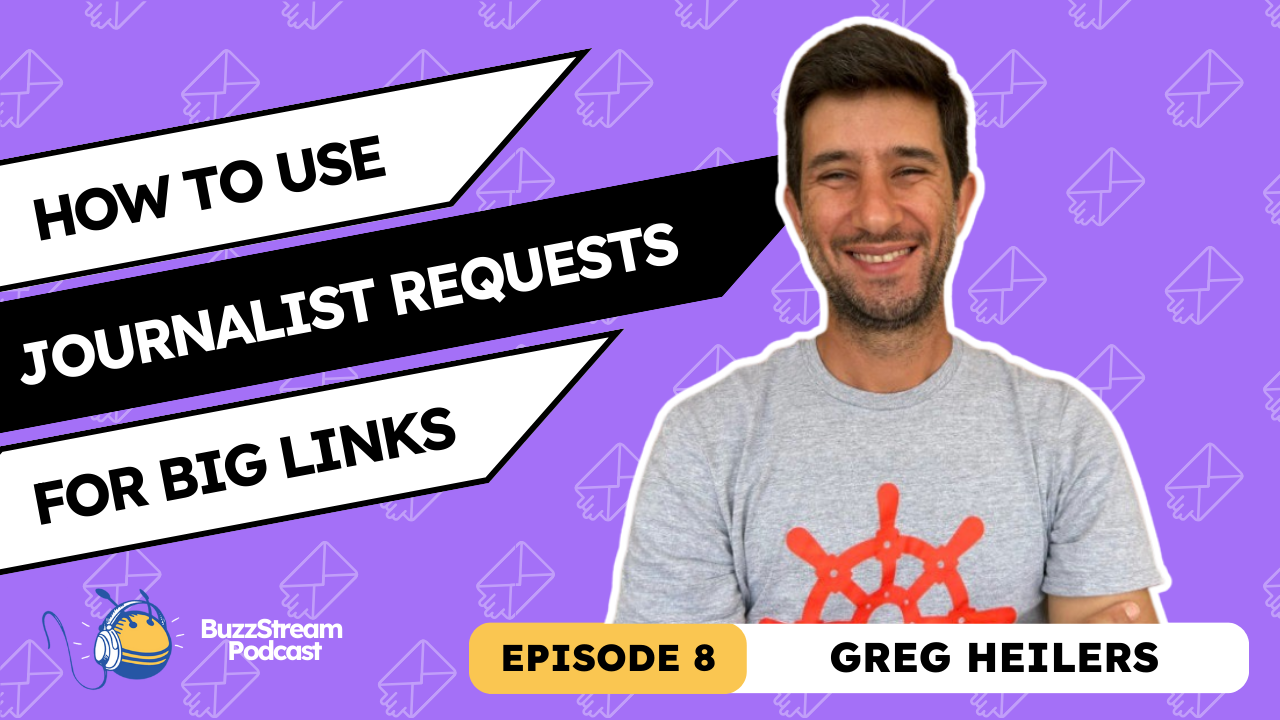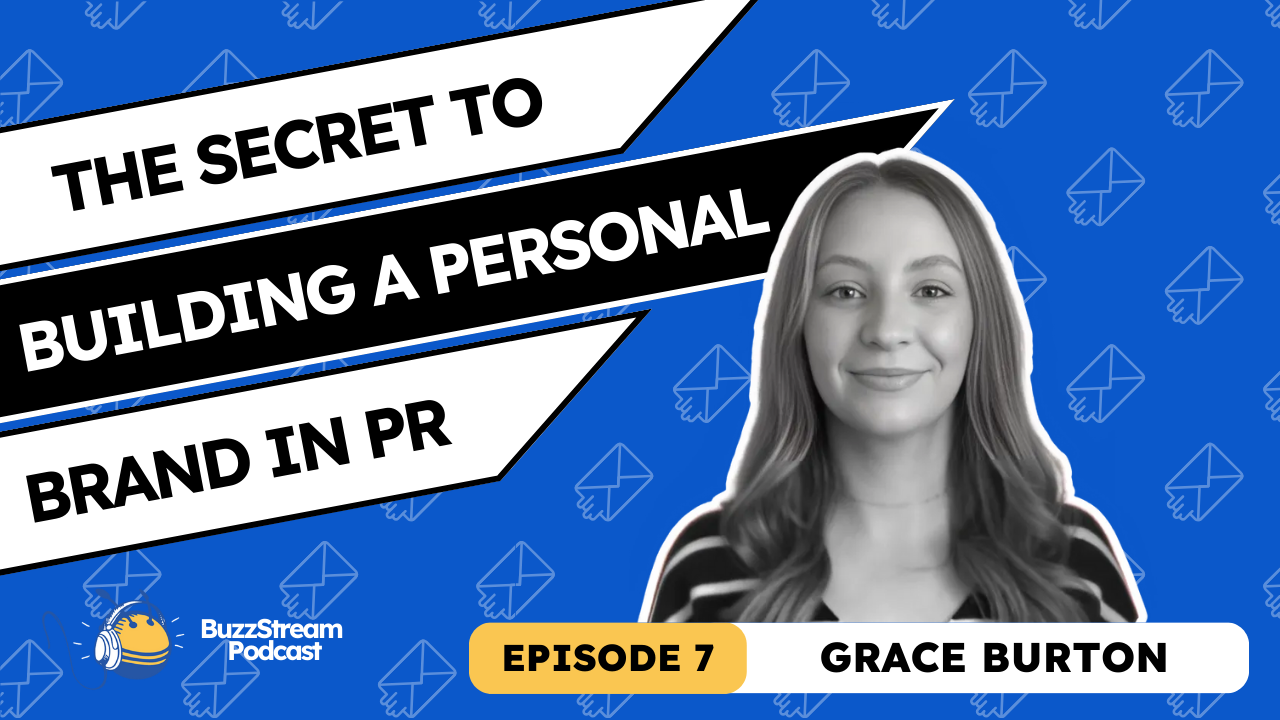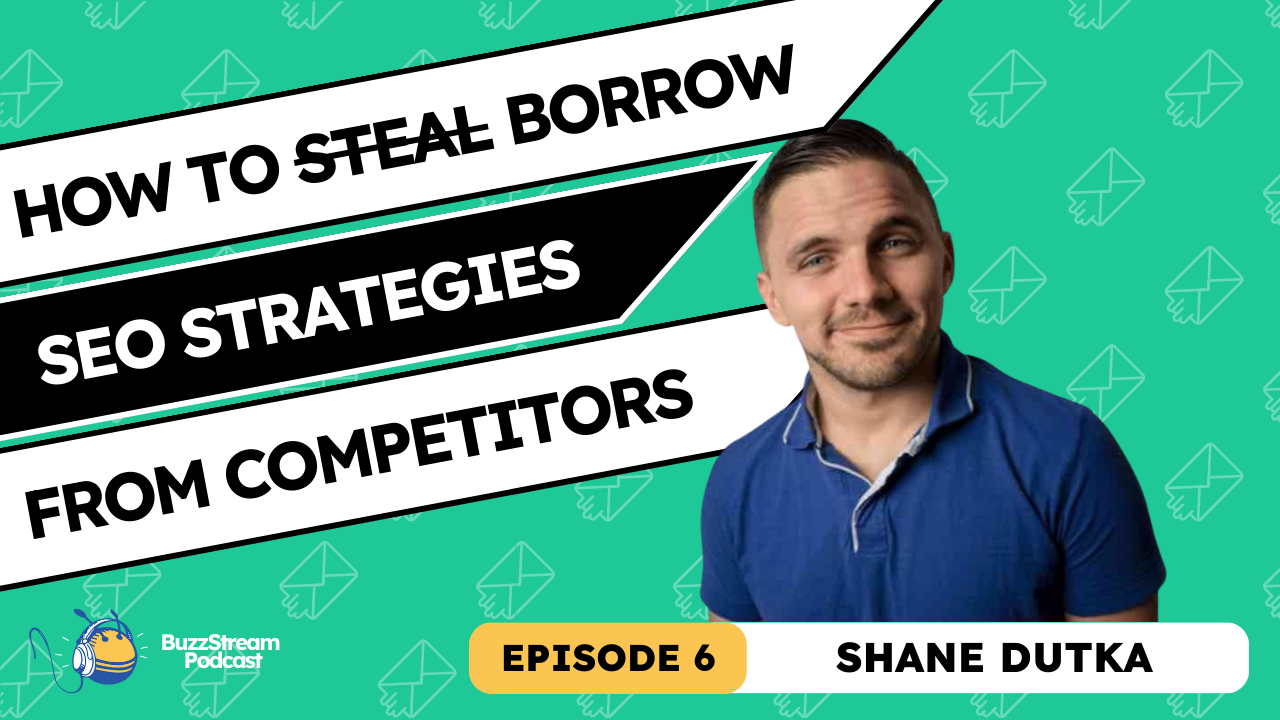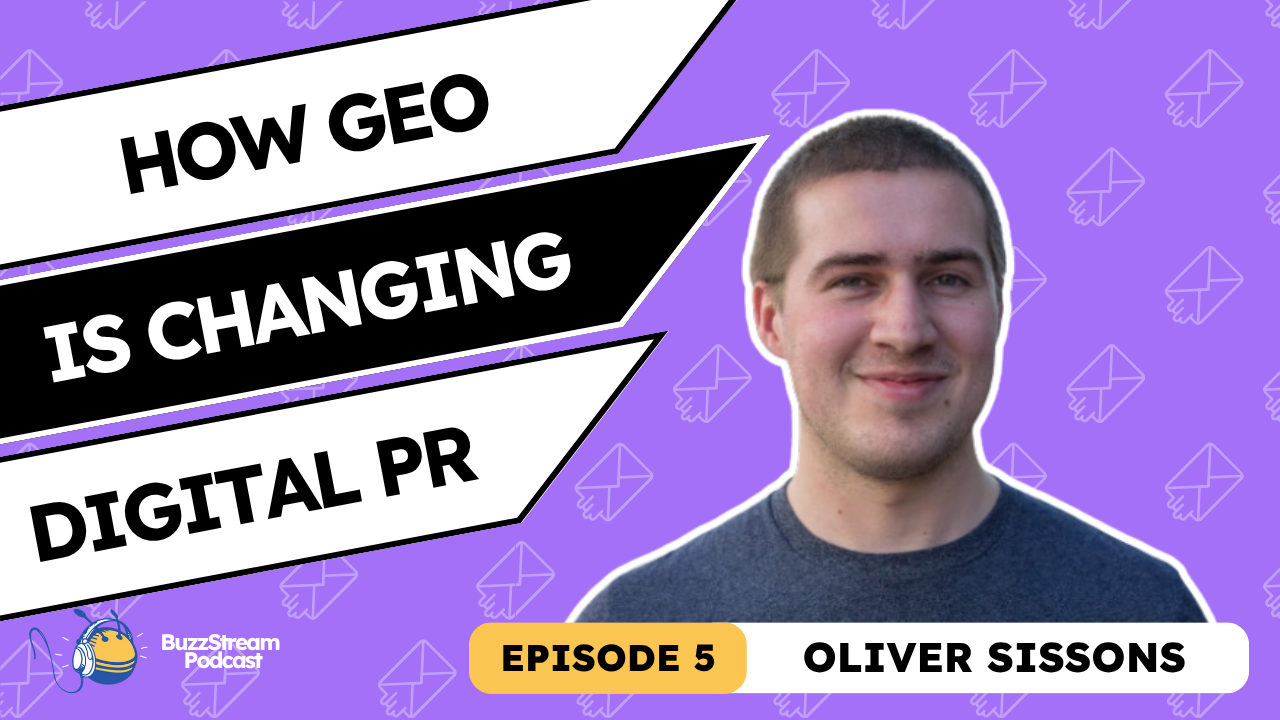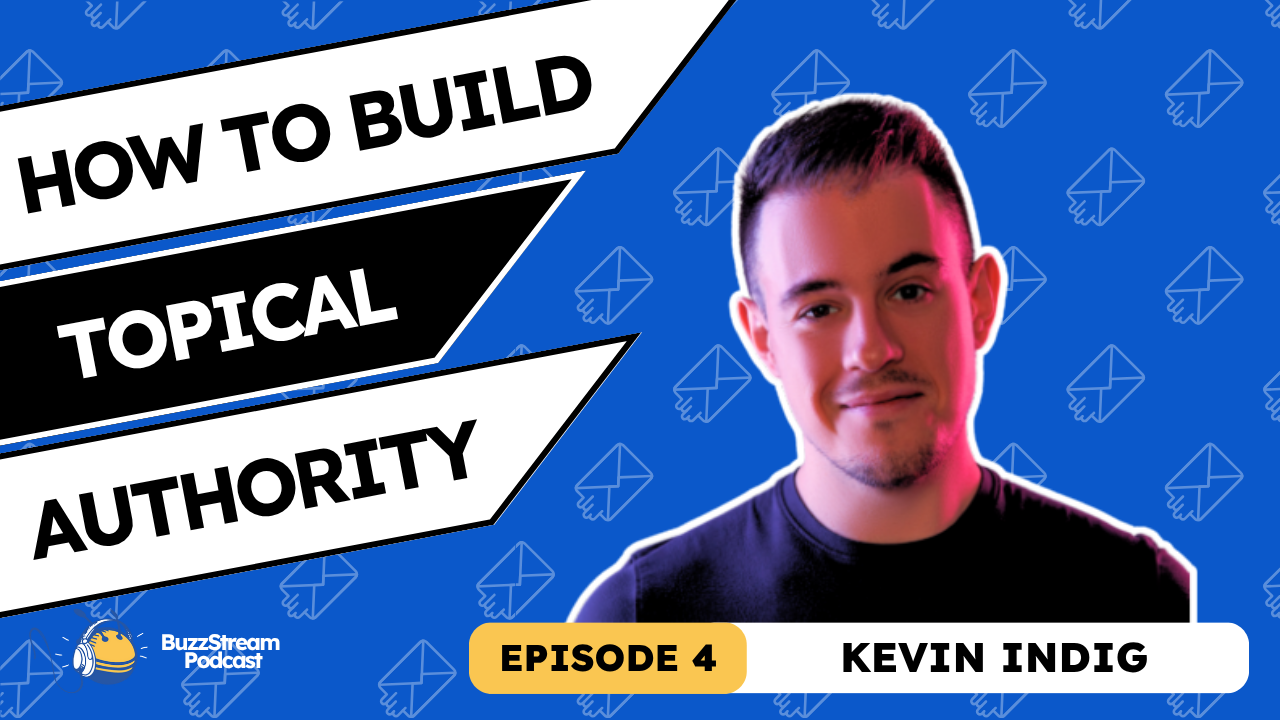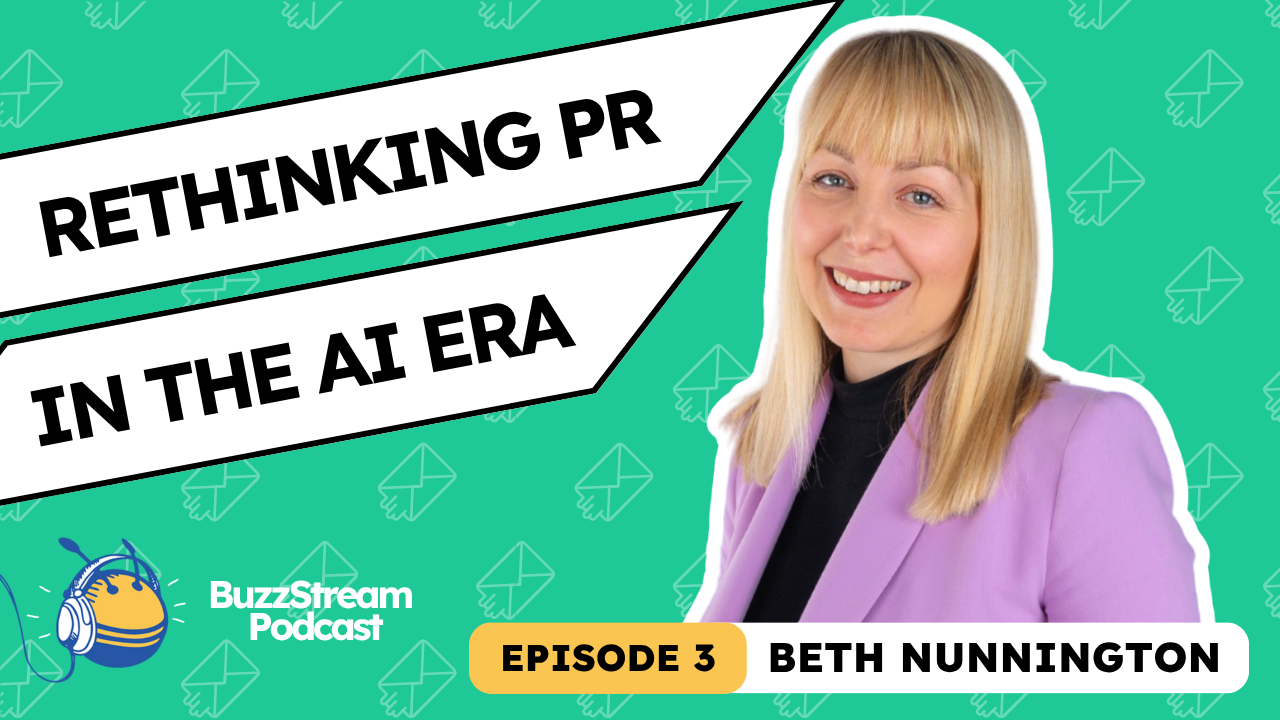Table of Contents
When I was at BrightonSEO in April 2024, I saw Will Waldron from Connective3 speak about a problem many digital PRs face: affiliate links.
I didn’t know Will yet, but the fact that he was talking about such a specific issue told me I had to have him on the podcast because I love interviewing people who are deeply entrenched in the craft of digital PR.
As you’ll see, Will knows this space inside and out. Having come from traditional PR and transitioned into digital PR, he has some tricks up his sleeves. If you ever plan on pitching a top-tier news publication, this episode is for you.

Actionable Takeaways
Will’s biggest tips apply to all digital PRs, but he had some good ones specific to affiliate challenges.
1. Pitching to Freelancers: When pitching to freelancers, it’s crucial to keep pitches simple and tailored, highlighting unique aspects of the story to make it easy for freelancers to pitch to editors.
2. Affiliate Links and SEO: While affiliate links are often seen as detrimental to SEO, Will suggested that they might still hold some value, particularly depending on the number of redirects and the overall context of the publication.
3. Adapting to Affiliate Challenges: Will proposed working around affiliate links by targeting non-sales-focused journalists and creating content that isn’t sales-driven, thereby reducing the likelihood of affiliate link insertion.
4. Diversifying Outreach: In situations where affiliate partnerships are prevalent, Will advised diversifying outreach efforts, exploring niches, and targeting different sectors within a brand’s offerings to find non-affiliate link opportunities.
5. Quality Over Quantity in Link Building: Will emphasized the current trend towards prioritizing relevant, high-quality links over sheer quantity, noting that a smaller number of high-DA, relevant links can be more beneficial than a large number of lower-quality links.
Summary
Editor’s note: I’m trying something new with this section. Instead of a full written transcript, here’s a summary.
In a recent conversation, Will Waldron, Senior PR Strategist with Connective 3, shared his insights into the evolving world of digital PR, the challenges of affiliate links, and the application of traditional PR skills in the digital age. Here’s what he had to say:
What’s a Cool Piece of Content You’ve Seen Recently?
Kicking off the conversation, Will was asked about any interesting content he’s come across lately. He shared that, having worked in PR for over eight years, he’s particularly drawn to creative PR stunts. One standout idea he mentioned was a conceptual collaboration between Nike and Tinder, dubbed “SOLEMATES.” This innovative concept involved creating a dating app where people could select partners based on their preferred trainers, a unique way to merge branding with consumer engagement.
How Do You Apply Interesting PR Ideas to Your Clients?
When asked about applying such creative ideas to his clients, Will emphasized the importance of relevancy. He explained that while inspiration from existing campaigns is crucial, aligning the concept with the client’s brand goals is vital and ensuring it fits within the current media landscape. For example, the decision to pursue a PR stunt would depend on factors like timing, budget, and the potential impact on the client’s visibility.
What Traditional PR Skills Have You Applied to Digital PR?
Will discussed how his experience in traditional PR influenced his digital PR approach. He mentioned that having a strong foundation in traditional PR has given him a dual perspective when reporting to clients.
Even though Connective3 is a digital agency, Will finds value in blending digital and traditional PR strategies, depending on the client’s needs. For instance, a product launch might benefit from both digital coverage and print media exposure, especially if the client’s goal is broader brand awareness.
Have Your Traditional PR Contacts Translated to Digital PR?
The conversation then shifted to whether Will’s traditional PR contacts have been helpful in his digital PR efforts. He noted that while he hasn’t directly transferred media lists from previous roles, his experience and memory of working with certain journalists have been beneficial. However, he acknowledged the ongoing challenge of keeping up with journalists who frequently move between publications or transition to freelance roles.
Is Pitching to Freelance Journalists Different from Pitching to In-House Journalists?
Will explained that pitching to freelance journalists does involve some additional steps. Freelancers often write for multiple publications and must pitch ideas to editors, adding another layer of approval to the process. Despite this, Will sees value in targeting freelancers specializing in specific areas, as they can be the perfect fit for certain types of stories, especially those requiring in-depth features.
How Do You Help Freelancers Pitch Your Idea to Their Editors?
When asked how he supports freelancers in pitching his ideas to their editors, Will stressed the importance of simplicity. He recommended providing clear, concise, and bullet-pointed pitches that highlight the unique aspects of the story. Offering exclusivity can also be a strong incentive for freelancers, giving them something valuable to present to their editors.
Why Are Affiliate Links a Problem for Digital PR?
The discussion then moved to the challenges affiliate links pose in digital PR. Will explained that while affiliate marketing benefits brands, it can be problematic for PR professionals focused on securing high-value, SEO-friendly links. He shared that affiliate links often lack SEO value, which can be disappointing after the effort put into securing coverage.
How Can Users Identify Affiliate Links?
To help users identify affiliate links, Will advised looking at the URL changes that occur when a link is clicked. Affiliate links often include indicators like “affiliate” in the URL or mention the affiliate software used. Tools like Ahrefs can also confirm whether a link is an affiliate.
Have You Ever Asked a Journalist to Remove an Affiliate Link?
Will mentioned that it’s not uncommon for PR professionals to ask journalists to remove or change affiliate links. However, he acknowledged that many publications have strict policies regarding links, which can make such requests challenging. Despite these hurdles, it’s worth contacting journalists, as policies and practices can vary widely.
Do You Consider Affiliate Links Similar to No-Follow Links in Terms of SEO Value?
Will agreed that affiliate links are often seen as similar to no-follow links in terms of SEO value. While research is inconclusive, it’s generally believed that affiliate links don’t pass much, if any, SEO value. This uncertainty makes them a less desirable outcome for PR professionals focused on link-building.
How Do You Report Affiliate Links’ Benefits to Clients?
Will suggested shifting the focus when reporting affiliate links to clients. Even if these links don’t offer significant SEO value, they can still drive traffic and sales, especially if placed on high-traffic publications. By highlighting these benefits, PR professionals can demonstrate the value of affiliate links beyond SEO.
Does Avoiding Affiliate Links Start with Content Ideation?
When asked if avoiding affiliate links begins during the content ideation phase, Will emphasized the importance of working backward from the publication. He suggested identifying publications that are less likely to add affiliate links and tailoring content to fit their style and audience.
How Do You Strategize to Avoid Getting Affiliate Links During Outreach?
To avoid affiliate links, Will recommended targeting non-sales-focused journalists, such as those in lifestyle or freelancer roles. He also suggested creating less sales-oriented content, as this reduces the likelihood of affiliate links being added.
Is There a Point Where Having Too Many Affiliate Partnerships Makes Outreach Less Effective?
Will acknowledged that having numerous affiliate partnerships can complicate outreach, but it doesn’t make it impossible. He advised focusing on niche publications and sectors within the brand’s industry that are less likely to use affiliate links.
How Do You Handle Content Relevancy When Avoiding Affiliate-Heavy Industries?
Maintaining content relevancy while avoiding affiliate-heavy industries can be challenging. Will recommended exploring all aspects of a brand’s offerings to find niches that can be targeted effectively. He also suggested looking at competitors for inspiration and finding creative ways to link content to the brand.
How Do You Shift the Focus from Quantity to Quality When It Comes to Link-Building?
Finally, Will discussed the importance of shifting the focus from quantity to quality in link-building. He noted that Google now favors high-quality, relevant links over sheer volume. By focusing on obtaining high-DA, relevant links, PR professionals can achieve better client results, even if the total number of links is lower.

 End-to-end outreach workflow
End-to-end outreach workflow


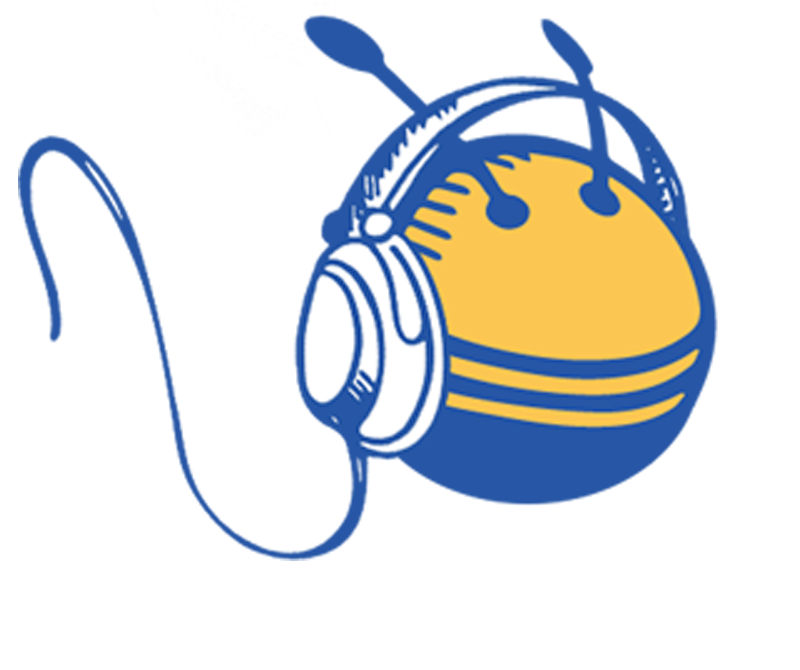
 Check out the BuzzStream Podcast
Check out the BuzzStream Podcast

